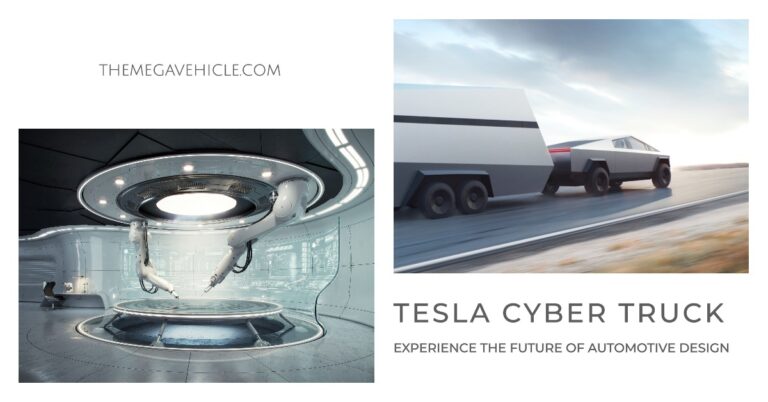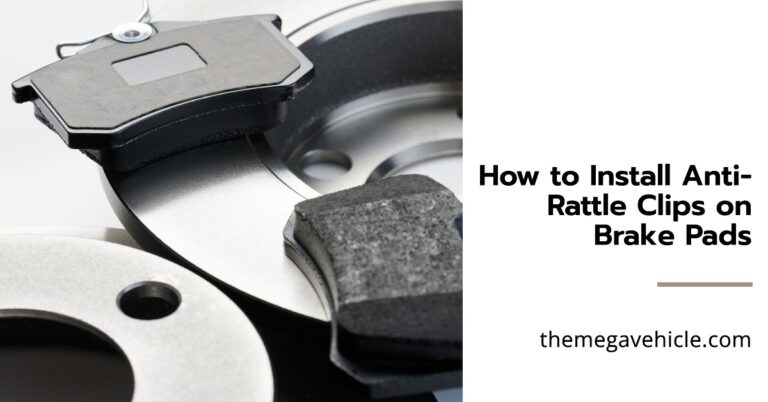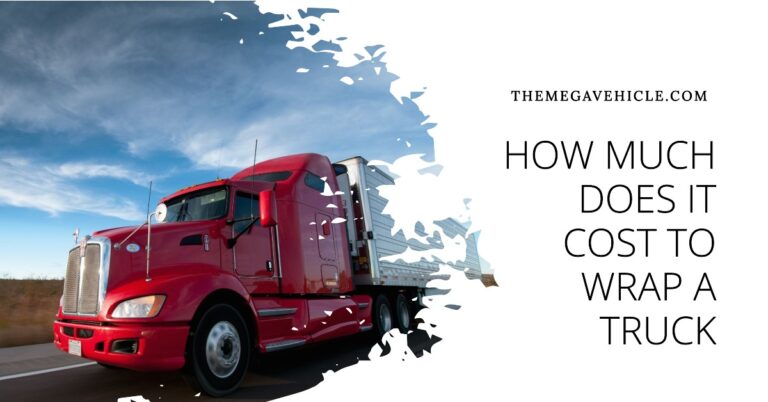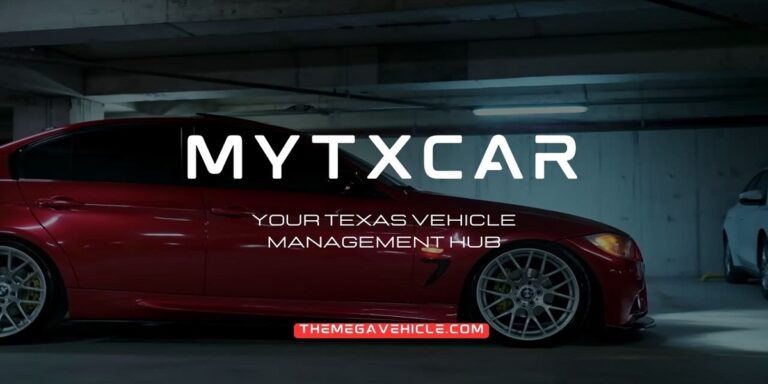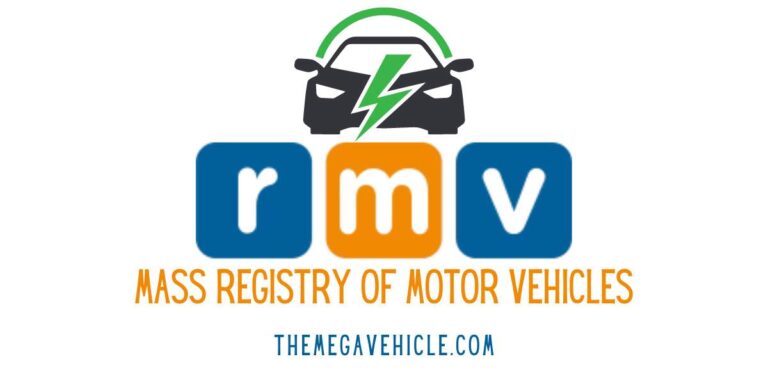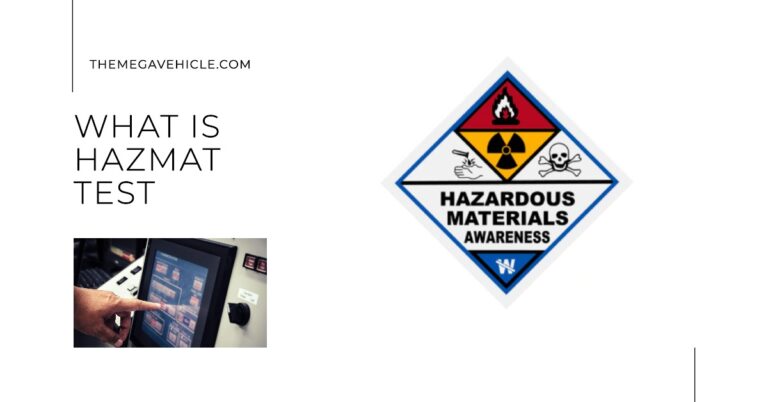CDL vs Non-CDL: Which License is Right for You?
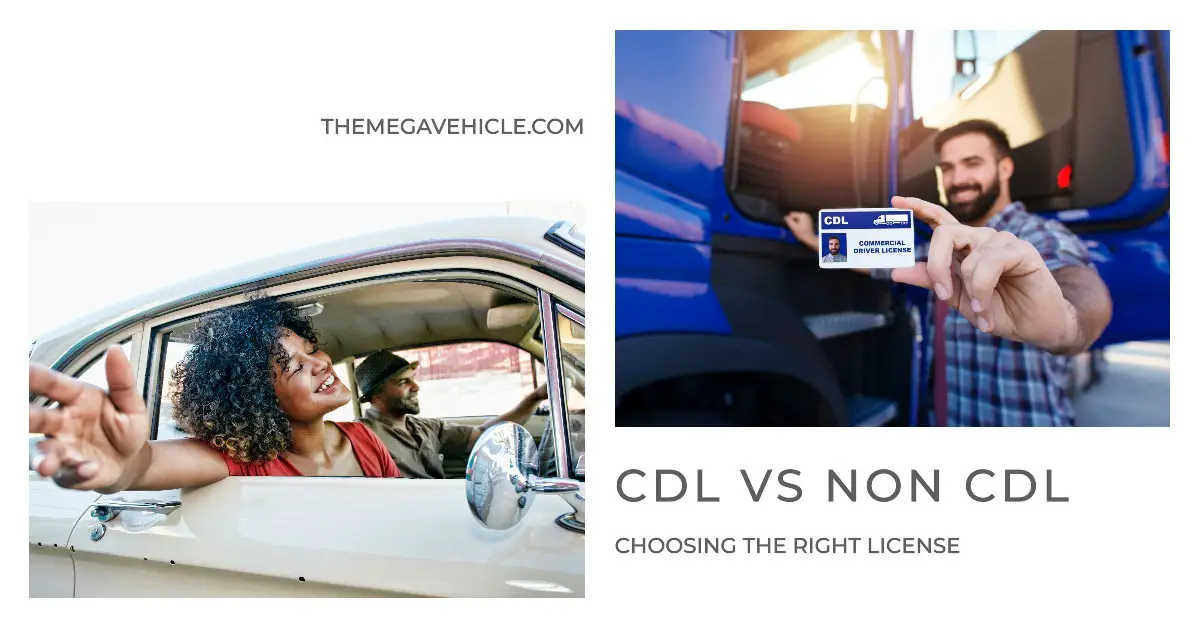
A Commercial Driver’s License (CDL) is a license specifically for those who need to operate large vehicles like trucks and buses. It is required for those seeking transportation, logistics, and delivery services careers. On the other hand, a Non-CDL refers to a regular driver’s license that permits individuals to drive personal vehicles for non-commercial purposes. While both licenses grant driving privileges, the CDL holds greater significance as it ensures that drivers have undergone specific training and testing.
Understanding the differences of a CDL vs non CDL is crucial for various purposes. For employers in the transportation industry, it helps them identify candidates with the necessary skills and qualifications for specific job roles. Additionally, individuals considering a career in transportation can make informed decisions about the type of license they need based on their desired job responsibilities and future career prospects.
Table of Contents
Requirements for Obtaining CDL vs Non CDL
The requirements for obtaining a Commercial Driver’s License are typically more stringent than those for obtaining a Non-CDL. Let’s look at each category and what is generally required for both.
1. Age Requirements
For a Commercial Driver’s License, the age requirement is typically higher than that of a non-CDL. This is because operating commercial vehicles requires more experience and responsibility. The age requirement for a CDL is usually 21 years old, while for a Non-CDL, it can be as low as 18 years old.
2. Knowledge Test
The CDL knowledge test is specifically designed for individuals who wish to operate commercial motor vehicles, such as tractor-trailers, buses, and large trucks. This test covers various topics, including general vehicle knowledge, driving safely, transporting passengers or cargo, and hazardous materials regulations. The CDL knowledge test is more comprehensive and in-depth, as it requires a higher level of understanding and expertise due to the nature of operating commercial vehicles.
On the other hand, the Non-CDL knowledge test is intended for individuals seeking a regular driver’s license for personal use or driving smaller vehicles. This test focuses on general traffic rules, road signs, and basic driving skills. While it still requires a good understanding of safe driving practices, it does not cover the specialized topics essential for operating commercial vehicles.
Both tests are necessary in their own right and serve different purposes. The CDL knowledge test ensures that commercial drivers possess the necessary skills and knowledge to operate large vehicles on public roads safely. On the other hand, the Non-CDL knowledge test ensures that non-commercial drivers understand traffic rules and can safely navigate smaller vehicles.
3. Skill Test
The skills test for a CDL is more rigorous and demanding than a Non-CDL skills test. CDL holders must demonstrate proficiency in various maneuvers specific to the type of commercial vehicle they will be operating. Generally, the Commercial Driver’s License skill test consists of three parts: a pre-trip inspection, a basic vehicle control test, and an on-road driving test. Mastering these skills is crucial for anyone pursuing a career in the commercial driving industry.
On the other hand, the Non-CDL test focuses on general driving skills such as turning, stopping, and lane changes and does not involve the complexities associated with operating larger commercial vehicles.
4. Health and Fitness
The Department of Transportation (DOT) has established specific medical standards for CDL drivers through the Federal Motor Carrier Safety Administration (FMCSA). These standards are in place to ensure that CDL drivers are physically and mentally fit to operate large commercial vehicles safely.
CDL drivers must undergo a thorough medical examination by a certified medical examiner at least once every two years. This examination includes a review of their medical history, a physical exam, and various tests such as vision and hearing checks. The medical examiner assesses the driver’s overall health and determines whether they meet the DOT’s standards for safe operation.
On the other hand, non-CDL drivers are not subject to the same level of medical scrutiny as CDL drivers. However, it’s important for all drivers, regardless of license type, to prioritize their health and well-being. Maintaining good physical fitness and addressing any medical conditions or limitations can contribute to safer driving for everyone on the road.
5. Background Check
When it comes to background checks, CDL drivers are subject to more rigorous screening processes due to the nature of their jobs and the increased responsibility they have on the road. This may include thorough checks of their driving records, criminal history, and drug and alcohol testing.
Non-CDL drivers may also undergo background checks, but they are typically less extensive than those for CDL drivers. These checks may focus more on verifying employment history and conducting basic criminal background screenings.
6. Training
CDL training programs are specifically designed to prepare drivers for the additional skills and knowledge required to operate commercial vehicles. These programs often include classroom instruction, hands-on training, and practical driving tests.
On the other hand, non-CDL training may focus more on general driving skills and may not cover specific aspects of operating commercial vehicles. However, both CDL and non-CDL drivers are expected to have a good understanding of traffic laws and safe driving practices.
Benefits and Drawbacks of CDL and non-CDL Licenses
When comparing a Commercial Driver’s License to a non-CDL license, it’s essential to consider the benefits and drawbacks of each. Let’s take a closer look:
Benefits of a CDL license
- Increased employment opportunities: With a Commercial Driver’s License, individuals can access a broader range of job opportunities in the transportation industry. This includes positions such as truck, bus, and delivery drivers.
- Earn more: With a CDL license, individuals can earn higher wages than non-CDL holders, as they possess the necessary skills and qualifications for specialized roles in the transportation industry. This can be attributed to the increased demand for CDL drivers and the importance of their role in transporting goods and passengers safely and efficiently.
- Job security: CDL holders often enjoy job security due to the consistent demand for their services in the trucking, delivery, and public transportation industries.
- Professional Development: CDL holders have professional development and advancement opportunities within their field. They can pursue additional certifications or endorsements, such as hazardous materials or passenger endorsements, which can open up new job opportunities and potentially lead to higher pay.
Drawbacks of a CDL license
- More stringent requirements: Obtaining a CDL license often has stricter requirements than a regular driver’s license. This includes passing additional written and practical exams and meeting specific age and medical requirements. These requirements may pose challenges for some individuals interested in pursuing a CDL.
- Increased responsibilities: Obtaining a CDL also means taking on increased responsibilities as a commercial driver. CDL holders are held to higher standards and are expected to adhere to strict regulations, such as maintaining accurate logbooks, conducting pre-trip inspections, and following specific driving hours restrictions.
- Limited personal use: While having a CDL enables you to drive commercial vehicles for work purposes, it may restrict or limit your ability to use them for personal use.
Benefits of a non-CDL license
- Simplicity and ease of acquisition: Obtaining a non-CDL license is typically more straightforward and quicker than obtaining a Commercial Driver’s License. This allows individuals to start driving certain types of commercial vehicles sooner, such as passenger vans or small trucks, without meeting the stricter requirements of a CDL.
- Flexibility and versatility: A non-CDL license allows you to operate personal vehicles, including cars, vans, motorcycles, or recreational vehicles, providing more versatility regarding personal transportation options.
Drawbacks of a non-CDL license
- Limited job opportunities: A non-CDL license may limit job opportunities for individuals interested in pursuing a career in the commercial driving industry. Many employers require a CDL license for positions that involve operating larger commercial vehicles, such as trucks or buses.
- Restricted vehicle size: With a non-CDL license, individuals are restricted to operating personal vehicles that fall within the size limitations set by their local regulations. This may prevent them from driving larger vehicles for specific purposes, such as transporting heavy cargo or accommodating a larger number of passengers.
- Lower earning potential: A non-CDL license may also result in lower earning potential than individuals with a CDL license. Many positions requiring a CDL license offer higher salaries and benefits due to the specialized skills and responsibilities of operating larger commercial vehicles. Without a CDL, you may be limited to lower-paying jobs that do not require driving larger commercial vehicles.
- Reduced professional development: Without a CDL license, individuals may have limited opportunities for professional development in the transportation industry. Many companies provide training and advancement opportunities specifically for employees with a CDL license, which can lead to higher-paying positions and increased job security. Without this specialized license, individuals may find it more difficult to advance their careers and access additional training and development resources.
Frequently Asked Questions
Q1. What is the largest non CDL truck?
A. The largest non CDL truck is typically referred to as a Class 6 truck, also known as a medium-duty truck. These trucks have a gross vehicle weight rating (GVWR) under 26,000 pounds. They are commonly used for local deliveries and smaller commercial purposes.
Q2. What disqualifies you from getting a CDL?
A. There are several factors that can disqualify individuals from obtaining a Commercial Driver’s License (CDL). One major disqualification is having a history of certain criminal offenses, such as driving under the influence (DUI) or drug-related convictions. Additionally, individuals with a suspended or revoked driver’s license may also be disqualified from obtaining a CDL.
Conclusion
Choosing between a Commercial Driver’s License and a non-CDL license depends on your career goals, personal preferences, and job market demand. If you are looking for higher earning potential and opportunities for advancement within the transportation industry, obtaining a CDL may be a more suitable choice. However, pursuing a non-CDL position may be the right path for you if you prefer a job that does not involve driving larger commercial vehicles and are content with lower salaries. It is essential to carefully consider your options and weigh the pros and cons before deciding.

